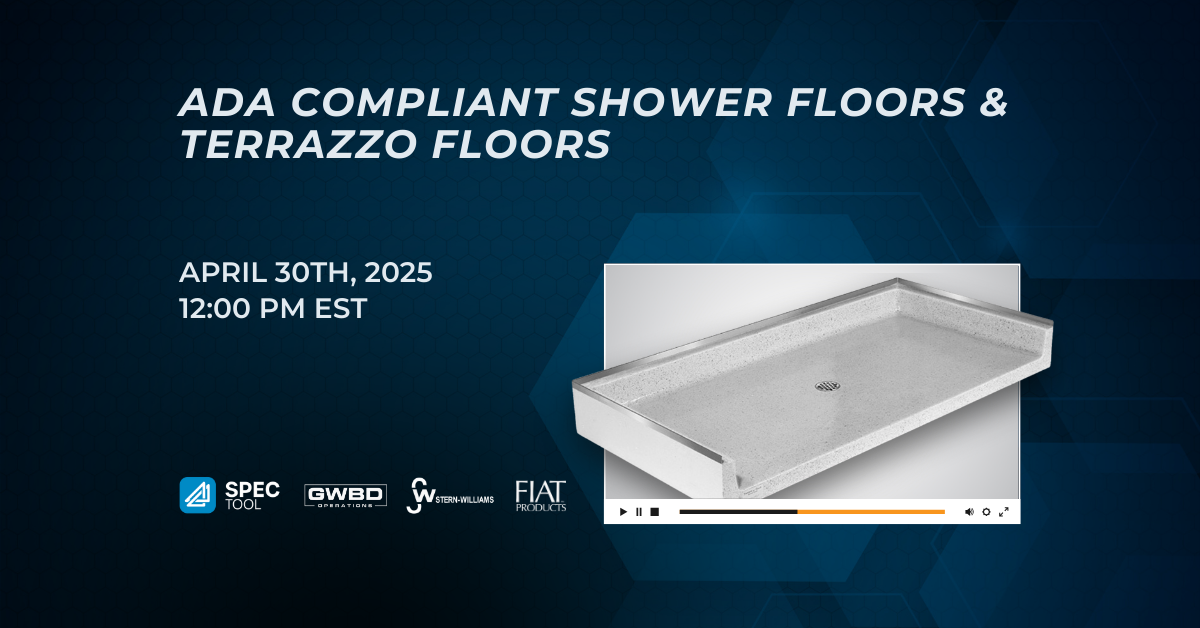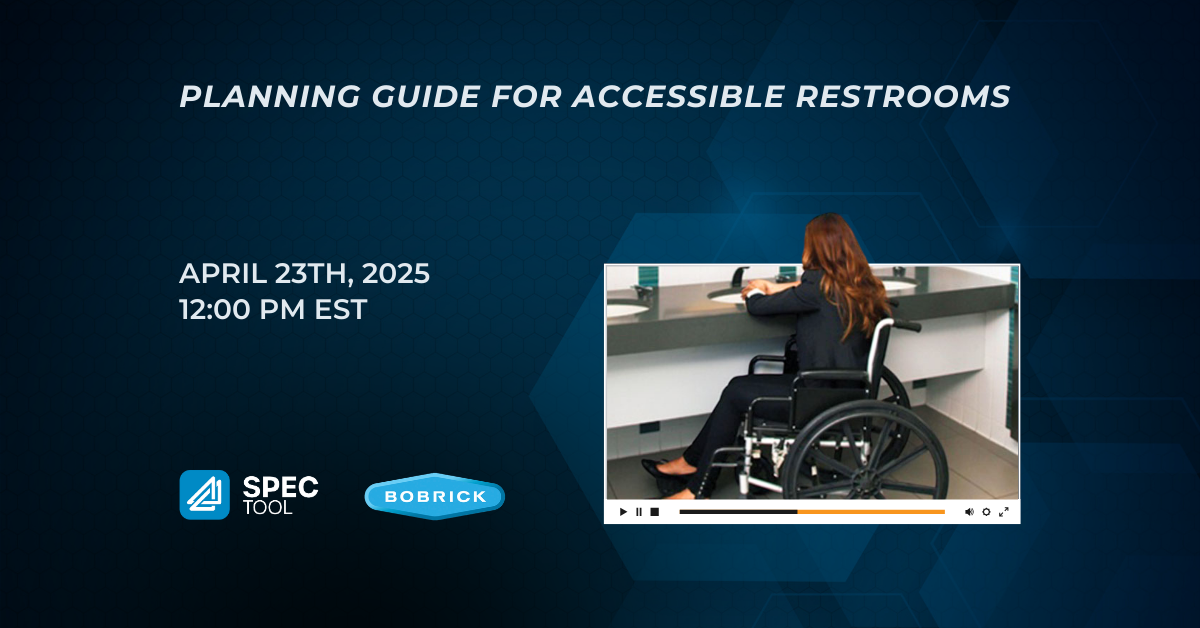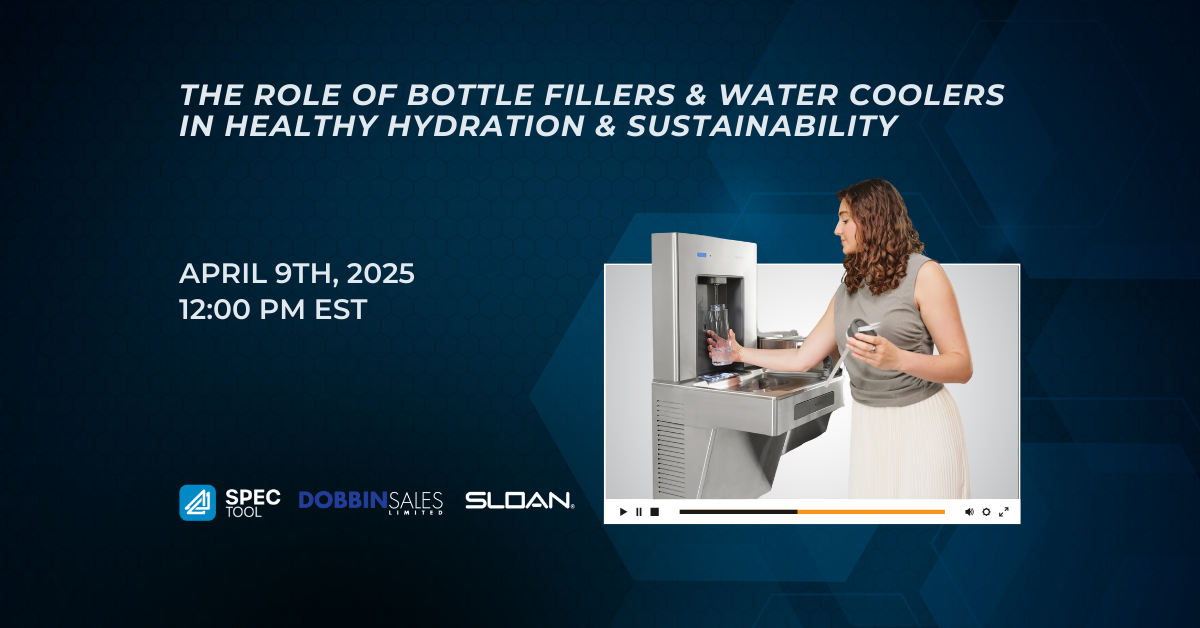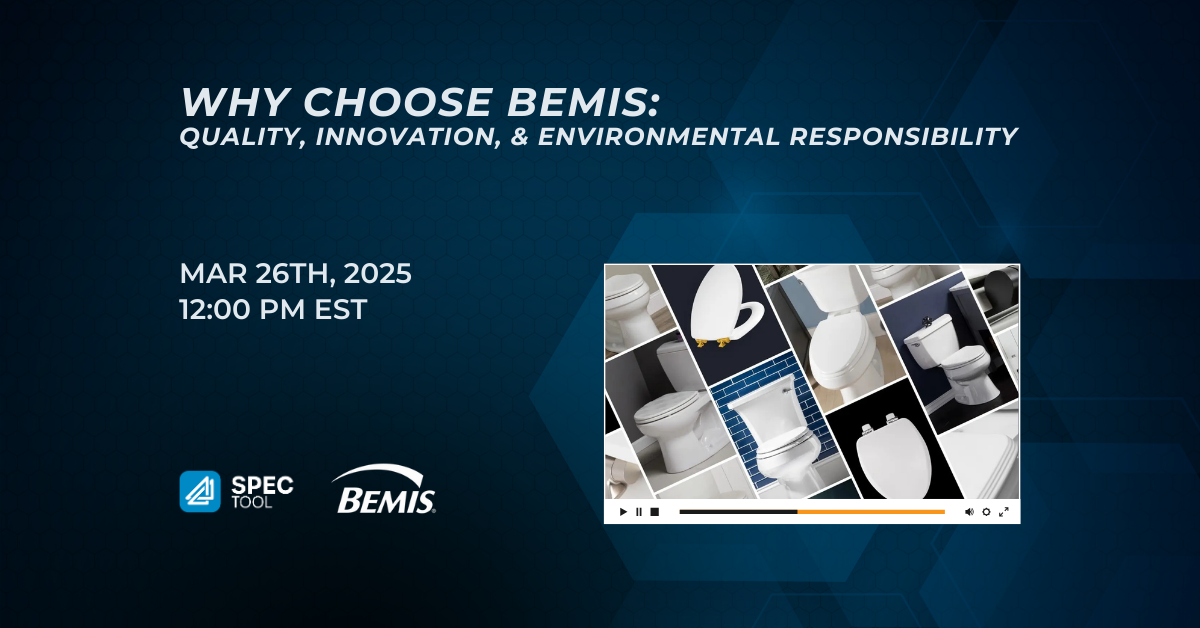ADA Code Compliant Shower Floors & Terrazzo Floors With GWBD

Chapter 1: Introduction to ATS University
- Key Takeaways:
- ATS University is a platform that provides free tools for designers, particularly focusing on product selection and configuration.
- The webinar is aimed at improving the understanding of ATS tools and their value to architects and engineers.
- It involves collaborations with multiple manufacturers, with over 30 currently sponsoring the platform.
Chapter 2: Overview of GWBD Operations
- Key Takeaways:
- GWBD consists of three companies: Prior Products, Stern Williams, and Fiat Products.
- The webinar focused specifically on the offerings of Stern Williams and Fiat Products.
- ADA compliance is a significant part of the product focus, aligning designs with the American Disabilities Act of 1990.
Chapter 3: ADA Compliance in Product Design
- Key Takeaways:
- ADA (American Disabilities Act) compliance involves specific design elements, such as dimensions and turning clearances for accessibility.
- There are two main shower floor designs—roll-in and transfer showers—each with distinct ADA requirements.
- Transfer showers are more challenging to meet ADA standards due to stricter design requirements.
Chapter 4: Technical Standards and Regional Compliance
- Key Takeaways:
- US projects comply with the federal ADA law, while Canadian projects might have varying regional requirements.
- Specific codes govern product standards, such as those for Terzo flooring, which emphasize durability and ease of cleaning.
- Fiat and Stern Williams products are IATMO-approved, ensuring adherence to certification standards.
Chapter 5: Applications and Recommendations
- Key Takeaways:
- Toronto products are ideal for high-traffic, heavy-duty environments due to their robust design.
- Ensuring compliance with required certifications is critical for product approval and market use.
- The presentation highlights the differences in compliance and use cases between the US and Canada, emphasizing adaptation to regional laws.



